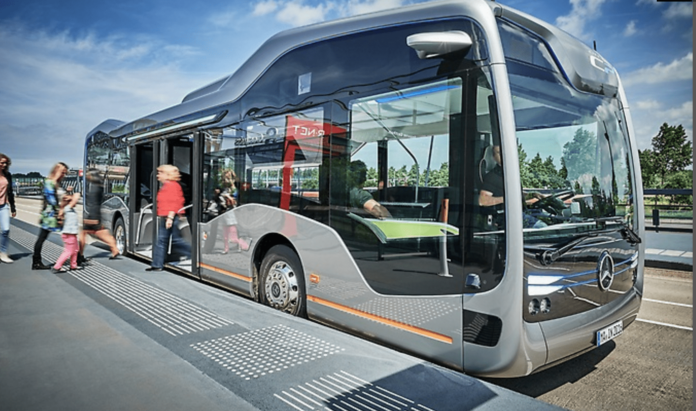Amid questions about safety, autonomous bus completes trip in Amsterdam
As autonomous vehicles become increasingly viable from a technology standpoint, questions about safety–many tied to Tesla’s in-market auto pilot feature–are guiding the discussion. To highlight this trend, as an autonomous bus travelled a 12-mile path through Amsterdam, Germany officials are considering requiring black boxes in future autonomous vehicles.
According to a report in Reuters, officials with the German Federal Ministry of Transport and Digital Infrastructure are preparing legislation to require vehicles with autonomous driving functionality come equipped with a black box–similar to those used in airplane cockpits and used to determine what causes accidents–to record when autonomous driving is engaged and when a human driver is at the helm.
A transport ministry spokesman told the media outlet draft legislation will be circulated later in the summer.
Germany is a leader in automotive manufacturing with Diamler, BMW and Volkswagen headquartered in the country. The interest in safety comes as tech and automotive companies around the globe produce and test autonomous driving technology.
Amid the safety dialogue in Germany, in Amsterdam, a so-called Mercedes Future Bus on Monday successfully drove itself along a 12-mile path through the city.
The underlying technology is called CityPilot, which Mercedes adapted from its Highway Pilot platform, which is used to help semi-trucks navigate long-haul routes.
According to the vehicle manufacturer, CityPilot can “recognize obstacles, especially pedestrians on the road, and brake autonomously. It approaches bus stops automatically, where it opens and closes its doors. And not least, it is able to drive through tunnels. Just under a dozen cameras scan the road and surroundings, while long and short-range radar systems constantly monitor the route ahead. There is also a GPS system. Thanks to data fusion, all the data received create an extremely precise picture and allow the bus to be positioned to within centimetres. This already works in practice, as demonstrated by the world premiere of the CityPilot on an exacting route covering almost 20 km, with a number of tight bends, tunnels, numerous bus stops and involving high speeds for a city bus.”
The company says automated buses can improve safety and efficiency.

